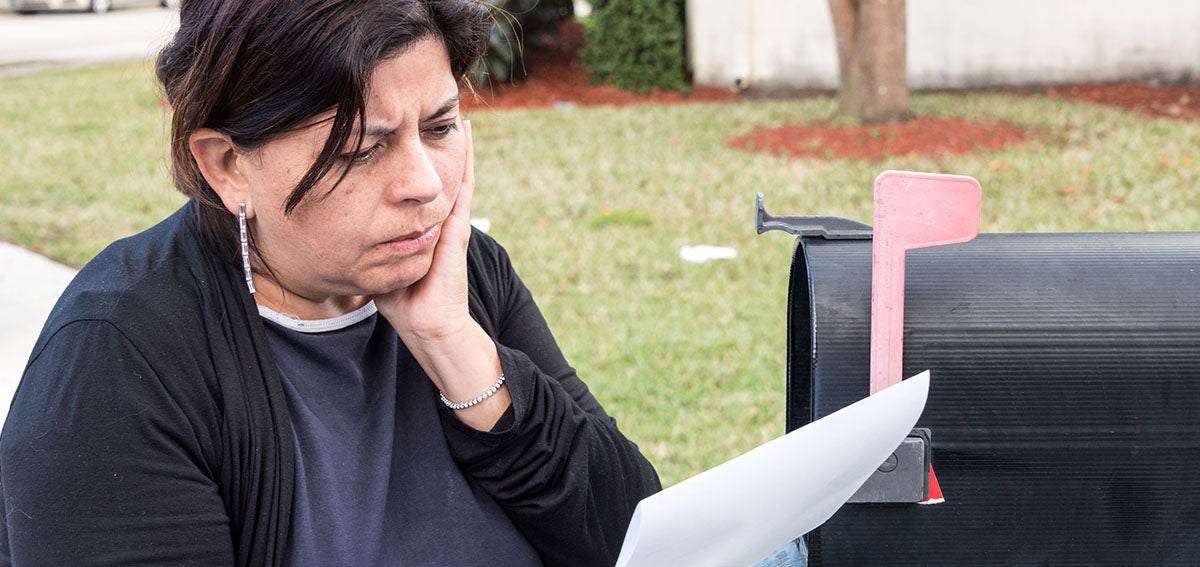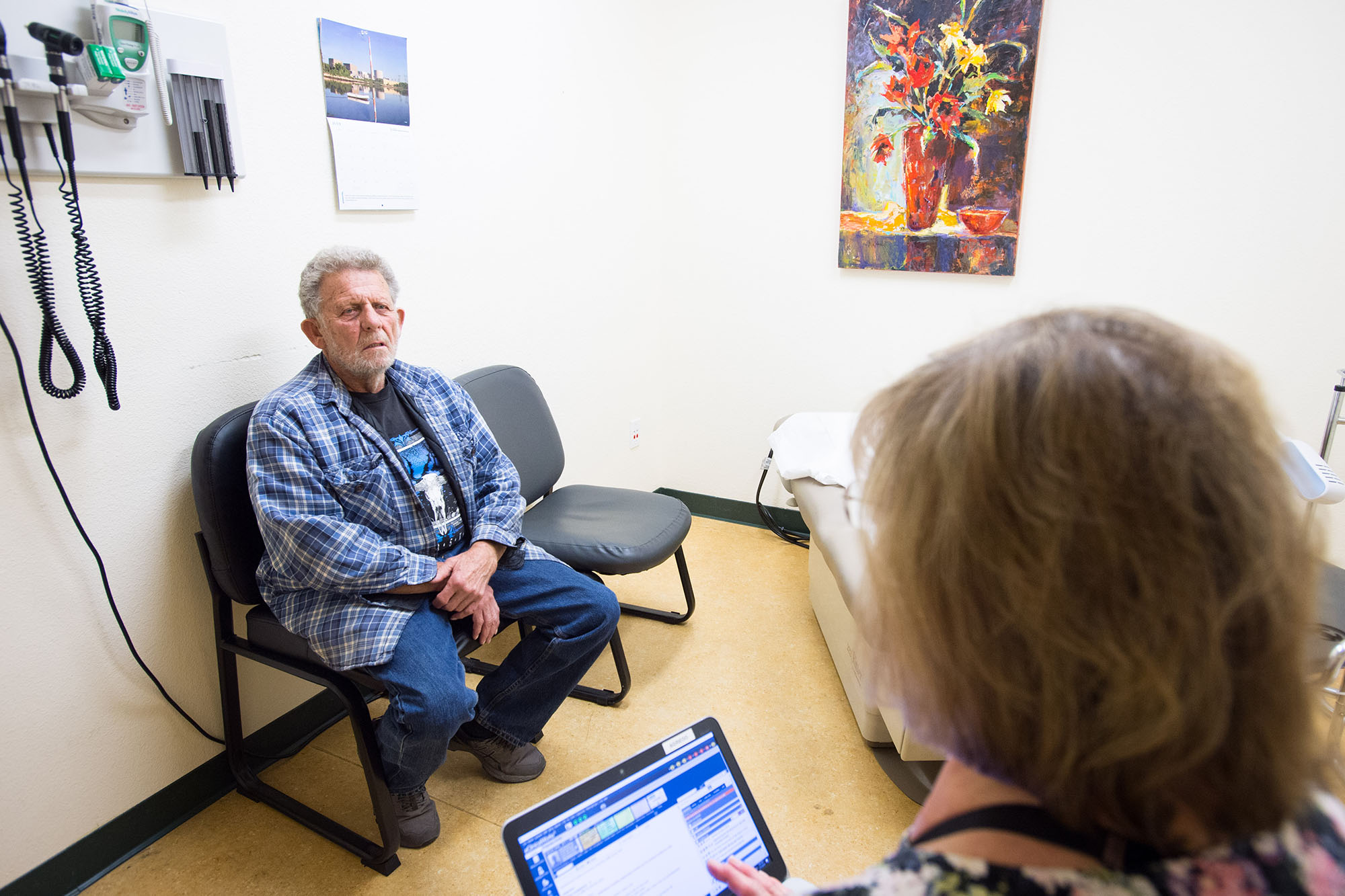
Reaching a consensus on how to protect patients from surprise medical bills has eluded Congress for most of the year even though members in both parties and chambers are highly motivated to find a fix. With an agreement reached over the December 7–8, 2019, weekend, a solution seems closer than it has in a long time.
Unlike typical health policy issues that divide members along party lines — prescription drug pricing and health insurance reform come to mind — the surprise medical billing debate is primarily a clash between providers and payers, with Democrats and Republicans coming down on both sides. Lawmakers generally agree with consumer groups that patients should be held harmless from bills for out-of-network emergency care and out-of-network services furnished at an in-network facility. But legislators remain divided over how to determine what insurers should pay in circumstances when there is no contract between the insurer and provider to determine the rate.
There are enormous financial consequences in determining a patient’s responsibility for a surprise bill for emergency or nonemergency treatment and in deciding what rate insurers should pay out-of-network providers — and the extent to which insurers can raise premiums to pay for it. A report (PDF) from the University of Southern California-Brookings Schaeffer Initiative for Health Policy notes that many patients face surprise bills in the thousands or tens of thousands of dollars. A study from Stanford University found that from 2010 to 2016, the average out-of-network bill for emergency department (ED) care nearly tripled from $220 to $628 and more than doubled for inpatient admissions, from $804 to $2,040. Two-thirds of Americans say they are either “very worried” (38%) or “somewhat worried” (29%) about being able to afford their own or a family member’s unexpected medical bills.
Over the summer, the US Senate Health, Education, Labor, and Pensions (HELP) Committee approved the Lower Health Care Costs Act (S. 1895), a comprehensive cost-containment package that addressed this issue. The bill includes consumer protections and would resolve payment disputes by requiring insurers to pay out-of-network hospitals and providers a benchmark payment set at the median in-network rate in the geographic region where the service was delivered.
California Faces the Problem
This approach is similar to California’s AB 72, which sets payment for an out-of-network provider practicing at an in-network facility at the greater of the average contracted rate or 125% of Medicare reimbursement. This year, California attempted unsuccessfully to expand surprise medical billing protections through AB 1611, which would have limited the cost sharing of patients receiving emergency services at an out-of-contract hospital. Insurers support the benchmark approach, because they consider median in-network rates to be market-driven and predictable. However, providers worry that such an approach would result in lower payment rates, inadequate provider networks, and reduced patient access.
In Congress, the House Energy and Commerce (E&C) Committee attempted to strike a compromise in the Reauthorizing and Extending America’s Community Health Act (H.R. 2328) by advancing a hybrid approach to surprise medical billing. Like the Senate HELP Committee, E&C would create a benchmark payment system, but rates would be adjusted by the Consumer Price Index for All Urban Consumers (CPI-U). In addition, the bill would allow providers, hospitals, and insurers to use independent dispute resolution as a backstop to settle payment disagreements for services for which the median contracted rate exceeds $1,250. This is “baseball-style” arbitration in which each party submits its best offer and the arbiter picks the winning offer. The losing party would be responsible for the cost of arbitration, typically $300 to $500.
“There are enormous financial consequences in determining a patient’s responsibility for a surprise bill for emergency or nonemergency treatment.”
In 2015, New York was the first state to enact legislation banning surprise medical billing. The law provided the original framework for the baseball-style arbitration. Under both New York and New Jersey law, when a patient receives out-of-network care, the plan pays the provider, and if the provider objects to the amount, the parties move to independent dispute resolution. Providers and hospitals support this approach because it offers flexibility and preserves their ability to negotiate with insurers. Insurers disagree, arguing that it incentivizes providers and hospitals to remain out-of-network and drives up administrative and health care costs. Recent independent academic analyses suggest that a pure arbitration approach could be inflationary, with the Congressional Budget Office (CBO) scoring such a system as one that would cost the government more money.
In contrast, the California law AB 72, passed in 2016, is a compromise, with a benchmark determined by the average in-network rate and the opportunity to appeal afterward through arbitration. California’s experience suggests that almost all providers have accepted the benchmark as payment in full without appeals, and multiple data sets have shown that contracting has increased and networks have expanded.
Lawmakers Announce Surprise Compromise
On Sunday, December 8, 2019, leaders from the Senate HELP and House E&C committees announced a bipartisan agreement that includes surprise medical billing in addition to other health-related items. The deal is not yet official, but we understand that it reflects what passed in E&C and includes independent dispute resolution. It differs from the Senate proposal by including a lower threshold of $750 instead of $1,250, allows arbitrators to consider “market share,” and adds a cooling-off period to keep the caseload of arbiters down. None of this has been signed off by leadership on either side, but the announced compromise increases the likelihood of something passing this year.
The proposals align with President Trump’s approach to surprise medical billing. They hold patients harmless from bills associated with out-of-network emergency care; inform patients receiving scheduled care about providers’ network status and potential out-of-pocket costs; prohibit surprise medical bills from out-of-network providers not chosen by the patients; and do not increase federal spending on health care. The White House has also applauded the recent bipartisan bicameral agreement and indicated its support, further increasing the likelihood that it may become law.
CBO estimates that over 10 years, the HELP proposal would save the federal government $24.9 billion, while the E&C plan would save $21.9 billion — each by lowering federal subsidies for health care and health insurance. The CBO score of the bipartisan bicameral agreement isn’t available yet. The potential for hefty savings makes surprise medical billing legislation an attractive offset for other costly health care priorities.
While federal lawmakers continue pursuing a viable compromise, at least 25 states have passed surprise-billing laws. Sixteen states have adopted limited protections, and nine states including California have passed comprehensive legislation. Nearly all state laws include consumer protections against surprise bills in emergencies; many extend these protections to nonemergency care when delivered by an out-of-network provider in an in-network setting. Most of these state laws require transparency: Providers must notify patients that out-of-network services or fees might be charged, and carriers must distribute educational materials explaining out-of-network risks and benefits. Comprehensive legislation includes both consumer protections and mechanisms for determining payments.
Benefits of a Nationwide Standard
Even with so many state laws in effect, federal legislation remains necessary to create nationwide consistency. Federal action would create a national standard and protect about 34 million individuals enrolled in self-insured plans, which are exempt from the state laws. In California, even with strong protections on physician balance billing, over 5 million people are at risk of such surprise bills without federal action. National action would also protect patients in states without surprise-billing laws.
Definitively addressing surprise medical billing with consumer protections, payment approaches, network adequacy, network transparency, and emergency transportation probably would necessitate both state and federal action.
The likelihood of a national compromise has ebbed and flowed in 2019, and the weekend agreement shows that it’s now closer than ever. The compromise legislation will likely mirror the agreement and include consumer protections and a hybrid payment model that integrates rate setting and arbitration, with arbitration kicking in at a specified dollar amount.
If Congress can’t pass a package this month, we might instead see a watered-down bill that includes nationwide consumer protections but leaves payment determination rules to the states.
Authors & Contributors

Billy Wynne
Billy Wynne is founder and CEO of the Wynne Health Group, a Washington-based consulting and advocacy practice serving clients throughout the health care sector. A graduate of Dartmouth College and the University of Virginia School of Law, Billy previously served as health policy counsel to the US Senate Finance Committee.

Dawn Joyce
Dawn Joyce is a vice president with the Wynne Health Group and a health policy expert. She has hands-on experience at the federal, state, and local levels, and previously served as a staff member for California senator Dianne Feinstein.
Joyce is a graduate of Wellesley College and UC Berkeley’s School of Public Health.




